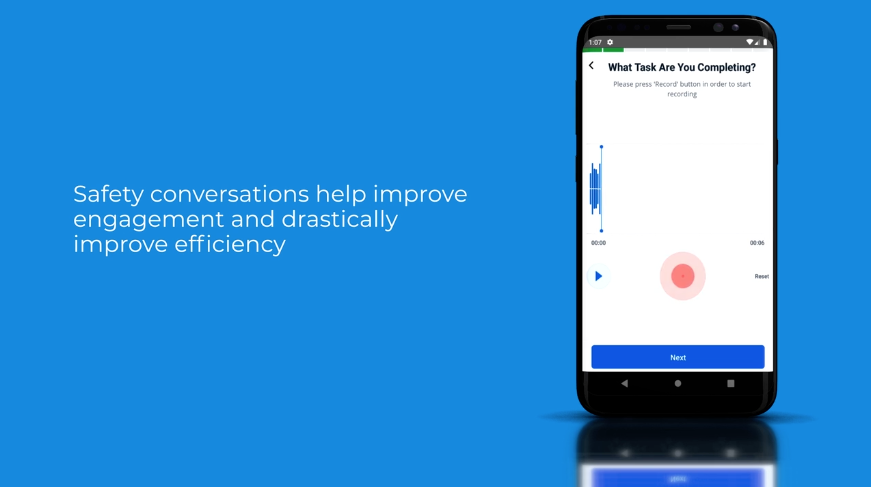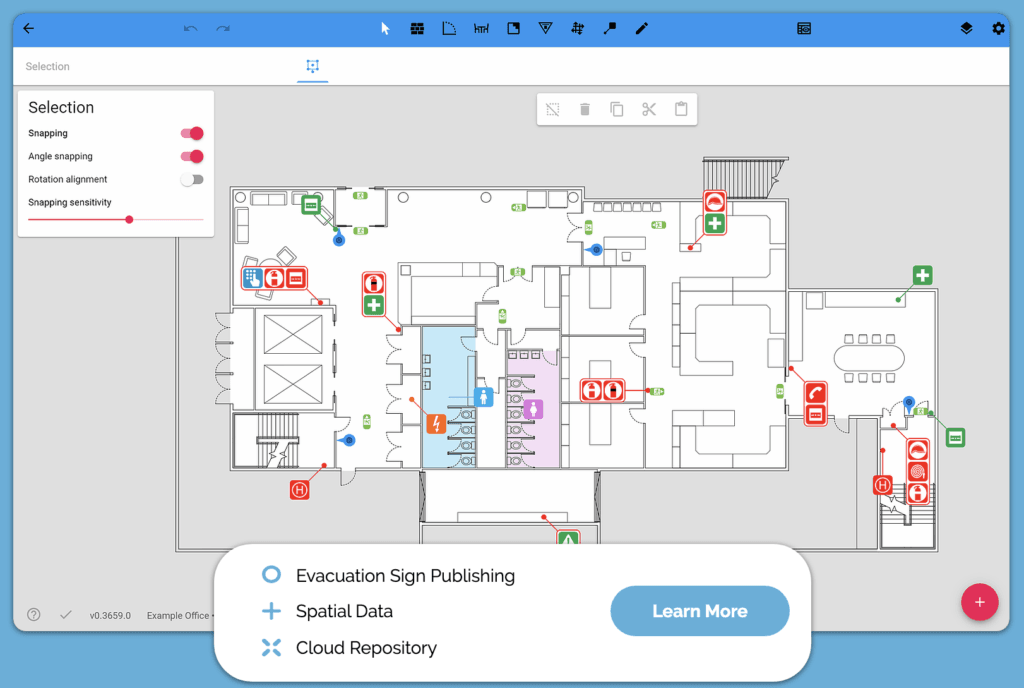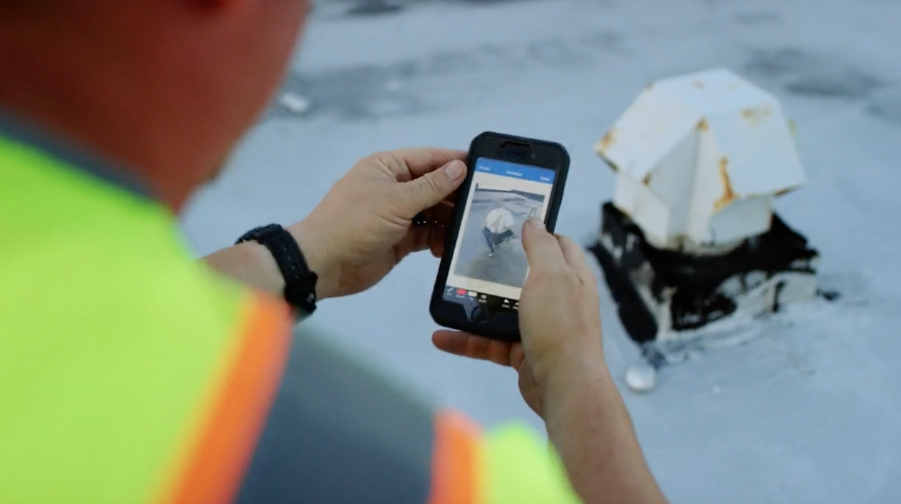Whether you need a faster process, a rise in data or a fall in cost, the technology industry has a giant net of safety solutions just waiting to scoop you up.
But it’s hard knowing which gadgets, apps and programs will tangle you in a web of confusion and disappointment, and which will support you in a hammock of ease and efficiency.
Over the years, we’ve used countless software and hardware to make WHS easier and more insightful for our clients and ourselves.
We’ve whittled this list down to five we use day in, day out to improve processes and fast track solutions.
1. RiskTalk
What is it?
Prefer talking to writing? Us too. That’s why we use RiskTalk.
RiskTalk is a voice powered safety app that allows you to capture risk assessments, document observations, and report hazards and incidents by simply talking into your phone.
By talking instead of typing, this paperless alternative saves heaps of time in the field. You can take photos in-app and send your speech straight to the cloud to update your colleagues in real time. You can also customise data fields to produce relevant reports in a few taps.
The technology has a 97% voice accuracy rate, so if you do need hard copies of your findings, your speech can be converted into a PDF in no time.
The mobile app was created by two Perth-based mates: one with a background in health and safety, the other with a background in tech. Sound familiar?

Why do we use it?
Because it’s voice powered, RiskTalk encourages safety conversations and opens the workforce up to feedback. This creates a better safety culture, and removes the tick and flick mentality of audits and inspections.
communication and valuable insights. What’s not to love?
2. PlanStudio
What is it?
If you fancy yourself a bit of an architect or loved building houses in The Sims, you’re going to really like PlanStudio.
Built by Locatrix, PlanStudio is a responsive online mapping software that allows you to create, edit, and view spatially accurate floorplans of your office.
These floorplans are used for emergency management, allowing you to pinpoint where safety features such as first aid kits, emergency exits, and fire extinguishers are located.
Why do we use it?
In the midst of an emergency, panic sets in. Accurate floorplans and evacuation maps instantly give firefighters, police and paramedics a clear overview of your building or worksite to help them make decisions faster.
Not only will they see all the ways into your building, tapping on a room will show them the fastest escape route.
3. Alter Ergo
What is it?
Did you know that work-related musculoskeletal disorders (WMSD) are the leading WHS issue in Australia? That’s why we partnered with Principia Technology to produce an Australian-first: Alter Ergo.
Alter Ergo is a product that combines:
- 3D motion capture technology to analyse employee movements as they perform their daily tasks
- employee screening to determine their risk of developing a WMSD
- a cloud-based data management system employees use to log their wellbeing data
- and a data management system to produce a holistic approach to work-related musculoskeletal injuries.
We’ll let our video do the rest of the talking.
Why do we use it?
Physical, personal and environmental data is often siloed when it comes to determining WMSD risks. By combining this data, you obtain a holistic view of a task and a more accurate operational risk score.
Factors like fatigue, injury history, shift lengths and process designs are all taken into consideration to create far more detailed job dictionaries and injury prevention plans.
4. iAuditor
What is it?
Everyone loves a freebie, especially when it’s as handy as iAuditor. iAuditor is an in-field inspection app created by Safety Culture.
Our consultants use iAuditor every day during audits to capture incidents and observations in real-time.
Once back in the office, they use iAuditor’s web platform to display data and trends, and build reports.
Why do we use it?
It’s paperless, portable and easy to use, plus it has thousands of time-saving templates to get you up and running.
5. VR
What is it?
Virtual reality (VR) is an immersive digital experience involving a headset and hand controls. VR is primarily used for gaming, but more companies are taking advantage of its immersive appeal, and creating memorable and engaging training content.
From offshore tours to hazard perception training, we’ve produced VR content for a variety of clients over the years. Check out this interactive project we completed for ENGIE.
Why do we use it?
We’ve spoken about the numerous benefits of virtual reality at length in our blog post Virtual Reality Training Explained: Benefits, Ideas, Costs and More.
In short, the distraction-free, interactive content is highly engaging, portable, cost effective and ridiculously fun.
So there you have it! The technologies we use to save time and increase efficiencies.
If you’d like to trial any of the tools we’ve mentioned, get in touch today and we’ll make it happen.


![5 Technologies We Use to Advance Workplace Safety [2021]](https://www.epigroup.com.au/wp-content/uploads/2019/07/DG__7634-sm-1080x675.jpg)

